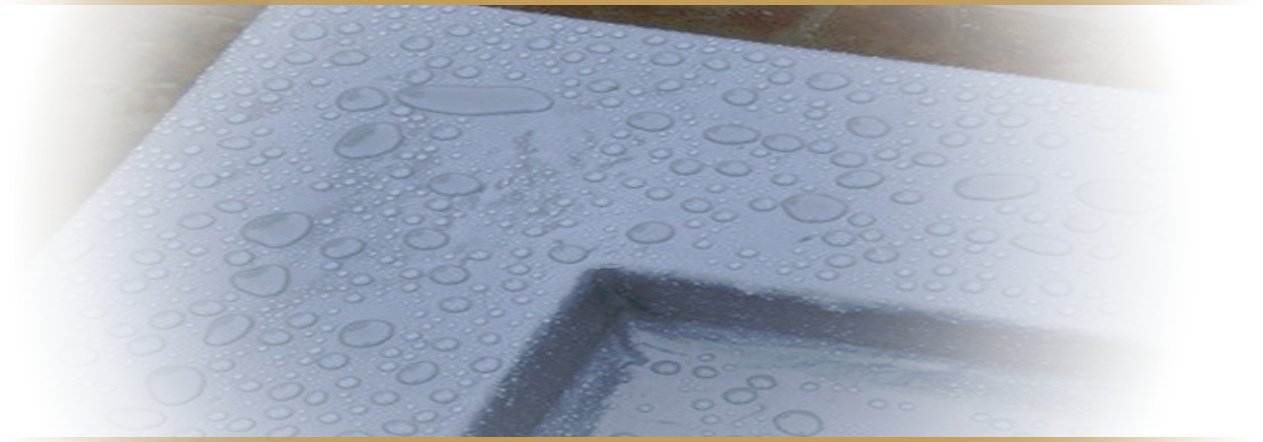GRP/Fibreglass Flat Roofing Salford
Streamline Fibreglass has over 20 years experience and strive to deliver a modern, innovative and permanent watertight system for flat roofing problems which property owners are experiencing with the traditional felt, asbestos and asphalt roofing.
Our fibreglass system now allows us to provide a permanent watertight membrane for valley gutters, concrete gutters, cast iron gutters and lead vallies as well as the traditional flat roofs, we complete work on a variety of buildings from a small porch to large commercial buildings.
We undertake all levels of Flat Roofing works both domestic and commercial, ranging from porches to factories and hotel flat roofs.
What is the difference between GRP and Fibreglass?
GRP (glass reinforced plastic) is the technical name for what is commonly known as 'fibreglass'. Originally developed in 1938 for use in insulation, GRP is extremely durable and today is used in a variety of applications across a number of industries. Also known as FRP (fibre reinforced polymer) GRP is extremely versatile, strong and waterproof, making GRP the ideal solution for applications such as roofing systems. The ability to produce different finishes such as nonslip surfaces using GRP, in addition to being able to produce unlimited range of colour options for applications of almost any complexity, means that GRP is now a popular and viable alternative to traditional roofing systems used previously.
How long will GRP/Fibreglass products last?
Many glassfibre laminates made during the early days of fibreglass production in the 1940s are still in use today. Extensive testing has demonstrated the typical life expectancy of a fibreglass roof product to be well in excess of 50 years. And, tests conducted to date have shown 'no deterioration' infrastructure or performance throughout the testing period. Additionally, because fibreglass products or use in extreme conditions such as underwater, when used in the manufacture of boats, a fibreglass product applied by a specialist company could be expected to last a lifetime.
What colour will my GRP/Fibreglass product be?
Fibreglass products can be made in a number of different colour options (Around 200 colours)
What are the main benefits of GRP/Fibreglass roofing?
Fibreglass has a number of benefits compared to traditional roofing products, especially for flat roofing. There are a number of health & safety benefits from installing a fibreglass roofing system because fibreglass products are cold laid and therefore not require any form of heat treatment, helping to protect installers and the general public. As fibreglass roofing systems are cold-applied they are not subject to the same prohibitive insurance premiums levied at installers using hot-works. Unlike traditional flat roofing systems, fibreglass flat roofs are extremely durable and completely waterproof, plus they can be finished in any wide range of colours and include options such as nonslip finishes. The entire area on a fibreglass roof is encapsulated into one single continuous fibreglass membrane and there are no seams joints or welds. It is also completely UV resistant. Fibreglass roofing systems are also highly adaptable allowing conversion of the roof area to include features such as balconies or walkways within the roof area. Special features such as roof lights can also be included within a fibreglass roofing system. fibreglass roofing systems can also be used instead of pitched roofs or to make special features. The major benefit of fibreglass roofing comes from the fact that a high-quality fibreglass roofing system which is installed correctly should remain leak-free for life.
